Do you feel like your home has a layer of dust and messiness from the winter? Same. It’s time for a spring clean. For me, the space I’m living in definitely affects the way I feel. When my external world is dirty and cluttered, it makes me feel a sense of mental clutter. When I’m feeling overwhelmed—or simply want to ignore my inbox—the easiest place to start is with my physical space. By giving a sense of order to our home, it almost immediately reflects inwardly. In turn, it gives me a sense of peace. It’s time to open the windows, store our winter boots, and take inventory of what’s in our homes. If you’re not sure where to start, this simple guide breaks it all down. Learn how to detox your home for a healthier space (and a healthier you).
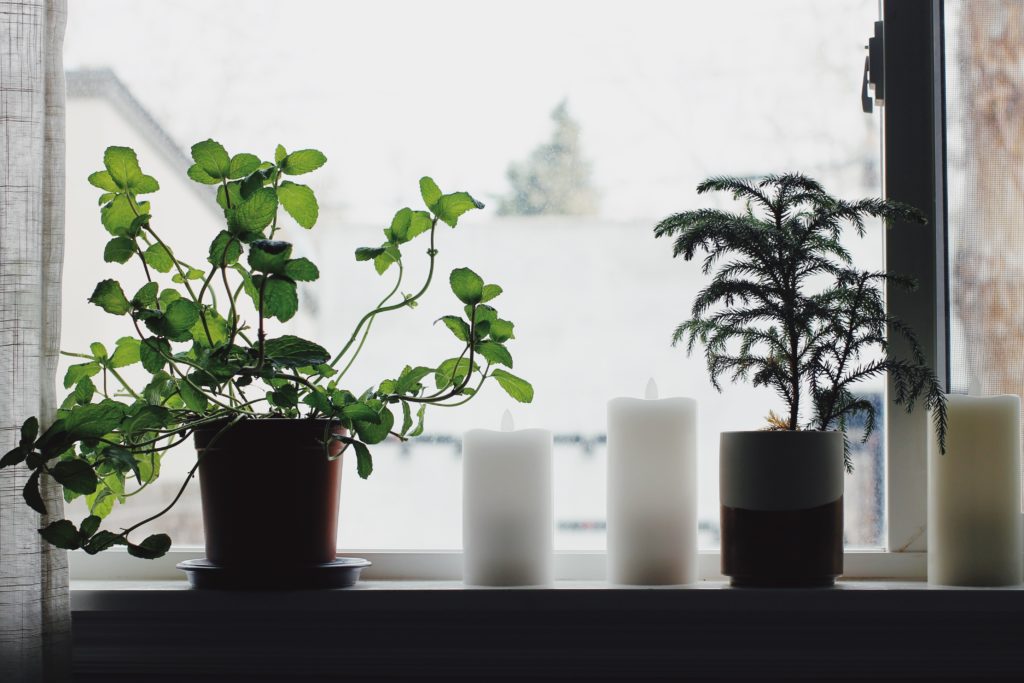
The power of Simple Swaps
Greening your space is much less daunting than you’d imagine. In essence, it’s less about detoxing and more about making simple swaps to create a healthy, thriving home. On a daily basis, we’re exposed to an exponential number of environmental chemicals—an amount that has steadily increased over the past few decades. From building materials to household products, toxins are present in the air we breathe, what we put on our skin, and the surfaces we touch. Over time, this exposure contributes to things like chronic disease, hormonal issues, and other unwanted health conditions. And while we’re far less capable of controlling toxins outside our walls, we can consciously choose to remove pollutants within them.
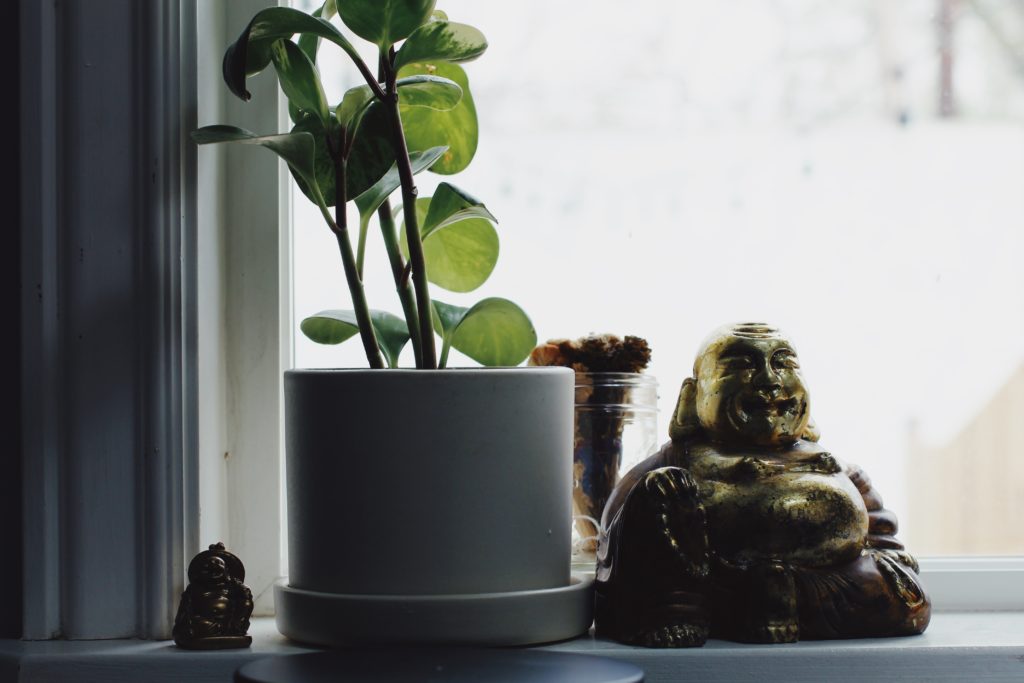
create clean floors and invite fresh air
Begin with your shoes. Upon entering, implement a “no shoes” rule. For the shoes you wear most often, leave them by your front door. Or store them in a hallway closet. No need to leave a trail of germs. Next, your windows. If possible, open them for hours at a time—or in the very least, 30 minutes. Open windows prevent mold and humidity from forming, remove dusty, stale air, and even encourage higher serotonin levels. Fresh air is a beautiful thing. Equally important, change your furnace and air conditioner filters. If you have air conditioning, you can change this filter every six months. A good rule of thumb for your furnace: change it when it’s visibly dirty. For most homes, that’s once every winter.
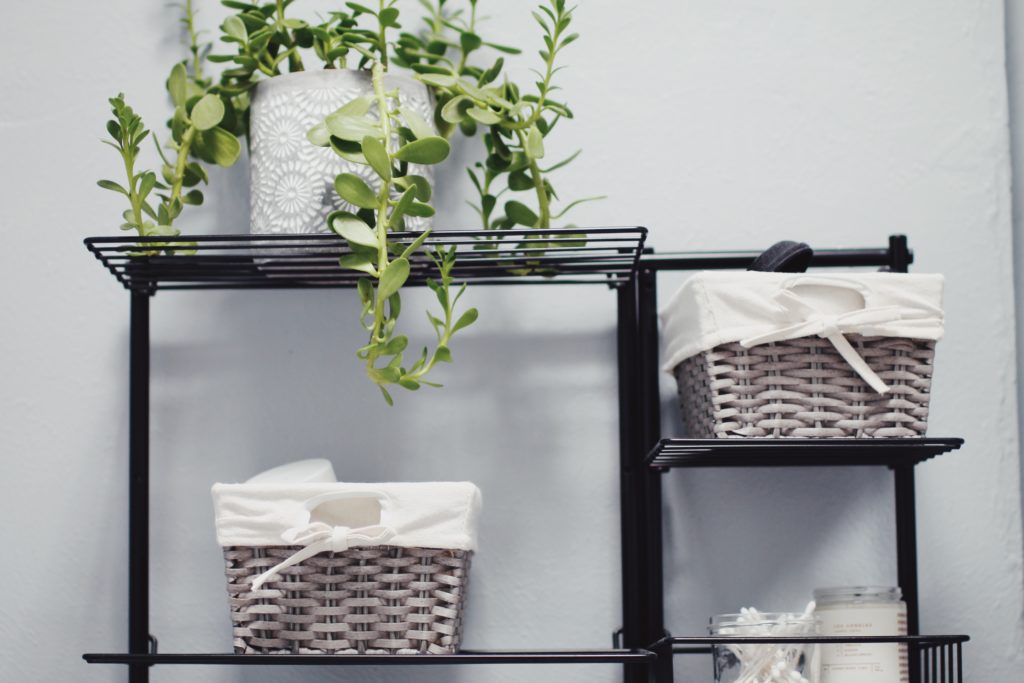
Remove plastics and chemical products
Open your cupboards and take a look at your tupperware and storage bags. Do you have mostly plastics? Use a lot of plastic wrap? From Stasher Bags and mason jars, to silicone can covers and beeswax wrap, eco-friendly alternatives are endless. Specifically, see if your plastics are marked with a number 7. If so, they contain BPA. BPA is a xenoestrogen—a known endocrine disruptor—which can wreak havoc on hormones. BPA can also live in the lining of cans, so when possible, opt for cans that specify they aren’t lined with it. While your cupboards are open, take a peek at your cleaning products. When possible, opt for non-toxic cleaning products. A few of my favorite non-toxic, sustainable cleaning brands are Dr. Bronner’s, Method, and Puracy.
swap artificial fragrances for plants and candles
Let’s talk indoor plants (and herbs). Beyond adding color and beauty to your space, most indoor plants absorb toxins from the air. They’ll all increase humidity and produce oxygen in your home, too. The Sill is my favorite online store to shop plants and pots. That said, here’s a fun, affordable way to shop for your plants. Whether placing them in your kitchen or bedroom, there are plenty of low light plants that thrive in various rooms and living spaces. Speaking of living spaces, do you enjoy burning candles? If so, say sayonara to artificial air fresheners and scented candles made of paraffin wax. Unfortunately, most candles are made of paraffin wax, a type that leaches toxic chemicals into the air. When in doubt, choose candles made of soy wax and beeswax. I love Otherland candles. Diffused essential oils are a great alternative, too.
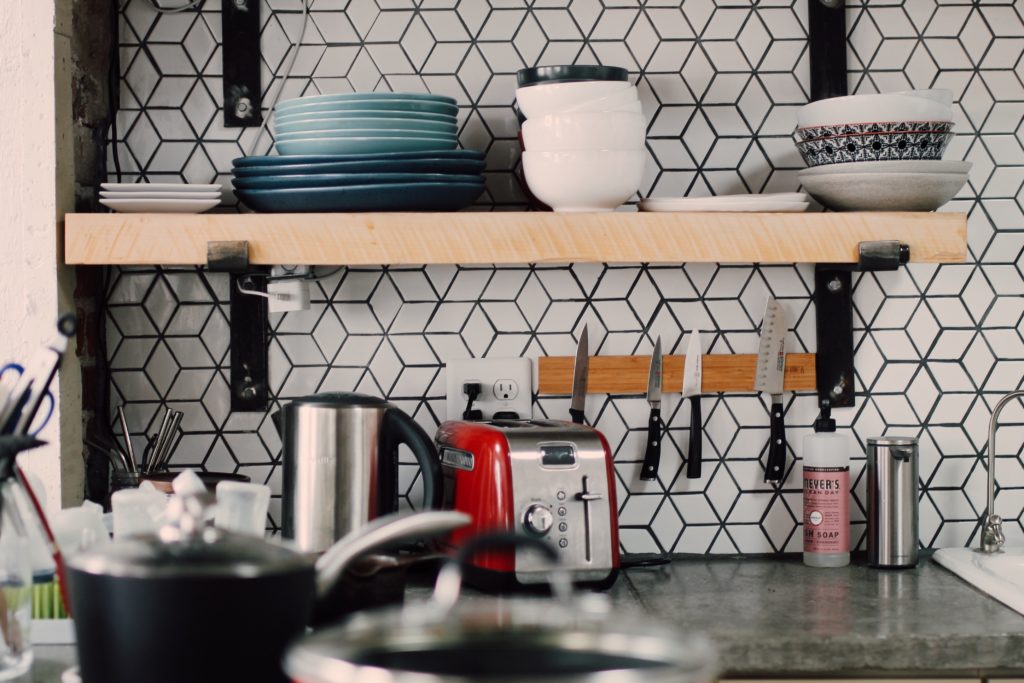
Make the switch to filtered water
Next, water. The best way to remove unnecessary contaminants from your tap is with a water filter. While we have a Berkey—and it’s been a worthwhile investment—it’s much higher on the price scale. In the very least, removing lead with a cost-effective filter is ideal. There are a variety of options, from fridge filters to pitchers, and you can even add one to your shower head. This will remove chemicals, like chlorine, as you rinse off. Curious to know what’s in your water? Click here. Knowledge is the catalyst for change.
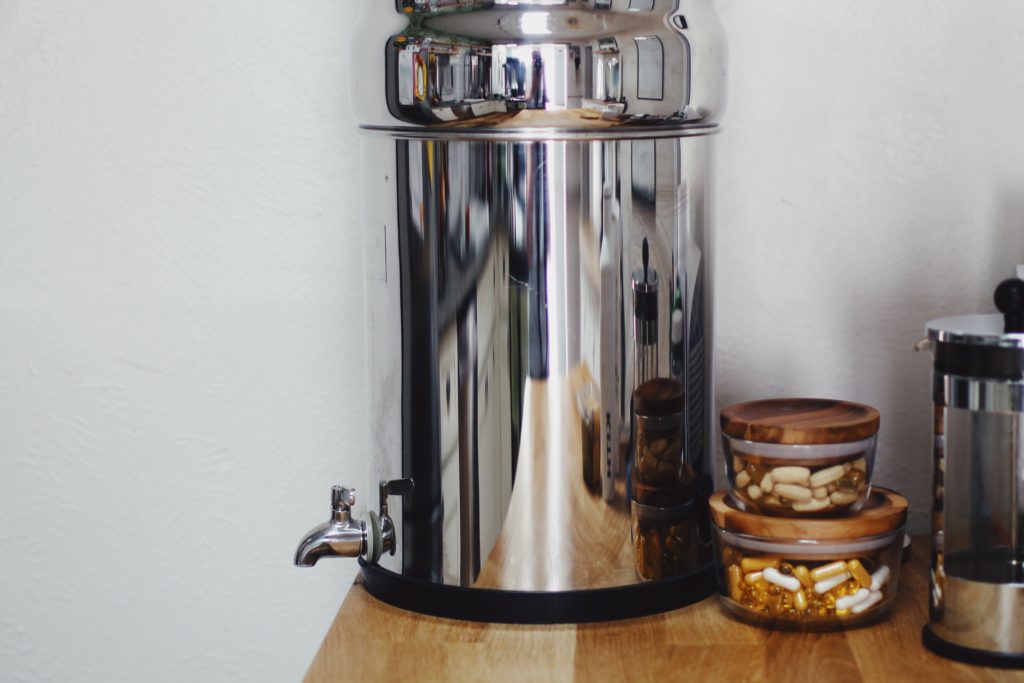
buying new home decor? Read this
If you’re in the market to upgrade your furniture, opt for eco-friendly and sustainably-made products. Popular retailers—like Wayfair, Crate and Barrel, and Pottery Barn—indicate which items are sustainable and chemical-free. Of course, there are also plenty of boutique companies and antique shops offering beautiful, non-toxic furniture and room decor. Plus, shopping local is an easy way to reduce your carbon footprint. Last but not least, consider switching to organic bedding. Most of us don’t realize how many chemicals are in our bedding and mattress—where we spend 7-9 hours every night! Not only is organic bedding better for the environment (no synthetic chemicals or pesticides are used), but it’s safer on your skin. It also tends to be much softer than its conventional counterpart. And when you clean your sheets, use a non-toxic laundry detergent. Wool dryer balls can be used in lieu of dryer sheets, too!
I hope this tips are helpful. Cheers to a healthier home.
This article contains affiliate links. Thank you for supporting Wellness with Edie! This article is for informational purposes only. It is not, nor is it intended to be, a substitute for professional medical advice, diagnosis, or treatment and we recommend that you always consult with your healthcare provider.



Leave a Reply